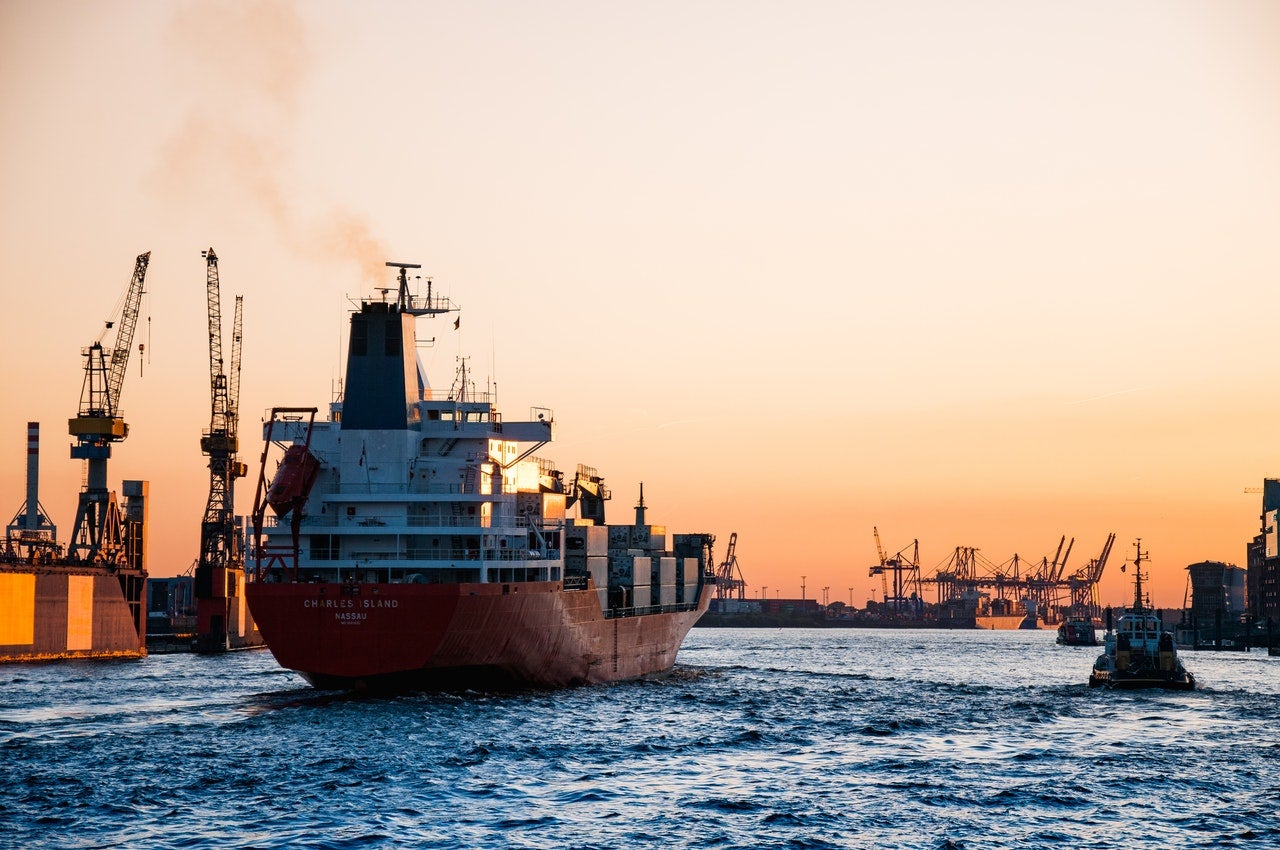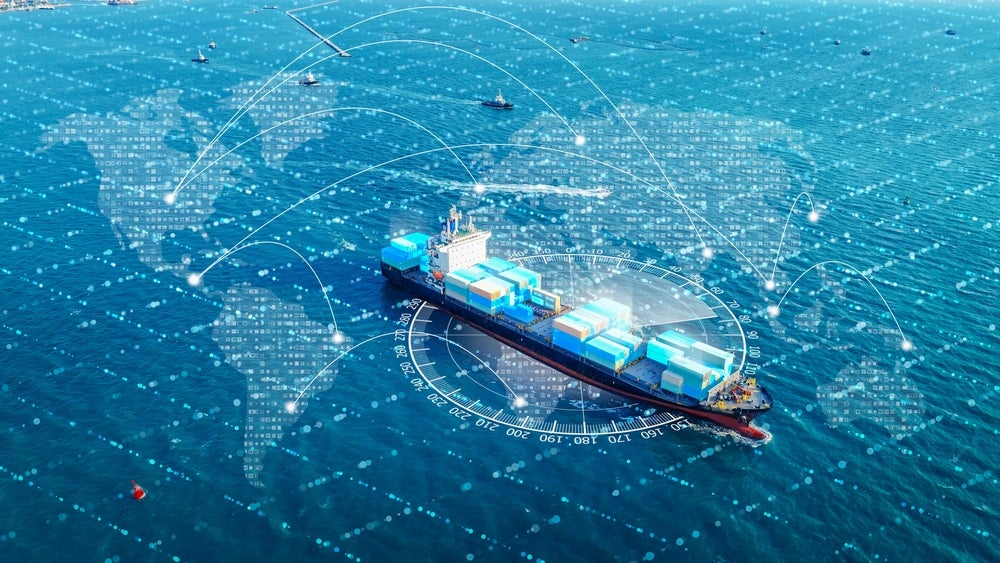
Several countries have recently joined a new International Maritime Organisation (IMO) project which will help developing countries and small island nations reach their environmental targets more quickly.
The GreenVoyage2050 project is tightly linked to the IMO Initial Strategy, which aims at reducing shipping greenhouse gas (GHG) emissions by 50% before 2050, eventually removing them from the industry.
GreenVoyage2050 project technical manager Astrid Dispert explains the project’s genesis and how it will provide countries with a roadmap to decarbonisation.

Ilaria Grasso Macola (IGM): When and how did the project start? Why was it launched by IMO Norway?
Astrid Dispert (AD): The GreenVoyage2050 project is an initiative managed by the IMO’s Department of Partnerships and Projects, [where] each of the long-term projects is funded by donor(s), which may be a country or funding entity.
Norway, an IMO member state, chose to sponsor the GreenVoyage2050 project, which aims to transform the shipping industry towards a lower carbon future.
How well do you really know your competitors?
Access the most comprehensive Company Profiles on the market, powered by GlobalData. Save hours of research. Gain competitive edge.

Thank you!
Your download email will arrive shortly
Not ready to buy yet? Download a free sample
We are confident about the unique quality of our Company Profiles. However, we want you to make the most beneficial decision for your business, so we offer a free sample that you can download by submitting the below form
By GlobalDataThe GreenVoyage2050 Project was launched in May 2019 and is currently in its first phase. [At the cost of] NOK50m ($5.8m), the project is funded by the Norwegian Ministry of Climate and Environment for an initial period up to May 2022.
IGM: What were the reasons behind it? What is GreenVoyage2050’s part in the wider IMO policy of reducing emissions by 2050?
AD: The overall goal of the IMO-Norway GreenVoyage2050 project is to support effective implementation of the initial IMO GHG Strategy, and also to provide support to developing countries in their efforts to reduce GHG emissions from ships.
The project directly responds to the need to provide technical assistance to states, support technology transfer and promote green technology uptake to improve energy efficiency and reduce GHG emissions throughout the maritime sector.
The GreenVoyage2050 project also supports the implementation of an IMO resolution that encourages shipping and port sectors to cooperate with a view to reducing GHG emissions from ships.
We believe that the project will strengthen compliance with already-adopted energy efficiency regulations in Annex VI of the International Convention for the Prevention of Pollution from Ships (MARPOL), facilitating the sharing of operational best practices, catalysing the uptake of energy-efficient technologies and exploring opportunities for low- and zero-carbon fuels.
IGM: How will the project help participants?
AD: The global partnership is supporting developing countries, including Small Island Developing States and Least Developed Countries in meeting their commitment towards relevant climate change and energy efficiency goals, for international shipping, as per the Initial IMO GHG Strategy.
Countries from six high priority regions – Asia, Africa, Black Sea / Caspian Sea, Caribbean, Latin America and Pacific – are taking pilot roles in the respective regions to champion national actions. Pilot countries will subsequently help build regional momentum and support other partnering countries in their respective regions to follow suit.
Azerbaijan, Belize, China, Cook Islands, Ecuador, Georgia, India, Kenya, Solomon Islands, South Africa and Sri Lanka are partnering countries in the GreenVoyage2050 Project.
IGM: The project is divided between pioneer pilot and new pilot countries. Will it be tailored differently according to the country?
AD: The main difference between pioneer pilot and new pilot countries is their progress with the project.
Pioneer pilot countries were involved in a previous project and have thus already undertaken maritime emissions baseline work and have initiated the development of a national action plan to address GHG emissions from ships.
The GreenVoyage2050 project is supporting these countries to finalise their national action plans, identify pilot project opportunities and develop them further, such that they are in a good position to secure third-party funding for their implementation. The pioneer pilot countries are China, Georgia, India, South Africa.
New pilot countries are those that, as a first step, are undertaking the development of a national maritime emissions assessment, establishing an information baseline of the country’s existing maritime sector that future improvements can be measured against.
These actions will lay the foundation for the development of a robust and informed national action plan in each country to address GHG emissions from ships. New pilot countries are Azerbaijan, Belize, Cook Islands, Ecuador, Kenya, Solomon Islands, Sri Lanka.
IGM: Let’s talk about the MARPOL Annex. Why is it important to strengthen it and turn it into individual countries’ national legislation?
AD: MARPOL is the main international convention covering the prevention of pollution of the marine environment by ships from operational or accidental causes. The original five annexes of MARPOL were adopted in 1973, covering the prevention of pollution from ships by oil, chemicals, packaged goods, sewage and garbage. The regulations to address air pollution from ships were adopted as Annex VI in 1997. Parties to MARPOL annexes have to implement the regulations into their own national law.
The GreenVoyage2050 is extremely active in supporting project partner countries to implement MARPOL Annexe VI, which is the focus of this project, into national law.
IMO Member States, meeting in the Marine Environment Protection Committee, discuss, develop and adopt amendments to MARPOL.
We know that, as per the Fourth IMO GHG Study, total shipping emissions accounted for about 2.89% of the total global anthropogenic CO2 emissions in 2018. As the world fleet and global trade continue to grow, emissions are projected to increase by about 90 to 130% of 2008 emissions by 2050 under a business-as-usual scenario.
Annex VI of the MARPOL Convention was adopted in 1997 to regulate the prevention of air pollution from ships. The energy efficiency regulations – a new chapter 4 of Annex VI – were added in 2011. Since then, Annex VI has continued to be further strengthened and expanded. Most recently, amendments to MARPOL Annex VI were adopted that further strengthen the Energy Efficiency Design Index (EEDI). These are expected to enter into force date of 1 April 2022.
The amendments bring forward the entry into effect date of EEDI Phase 3 design requirements to 1 April 2022, from 1 January 2025, for selected ship types – container, large gas carriers, general cargo, LNG carriers and cruise ships with non-conventional propulsion. This means that new ships built from that date must be significantly more energy efficient than the baseline.
We also anticipate that carbon intensity measures – referred to as short term measures – will be adopted at the next MEPC meeting in June 2021
IGM: Will projects like GreenVoyage2050 will be sufficient to speed up the IMO goals or will it also need investment in alternative or low-carbon fuels?
AD: The IMO operates using a goal-based approach, meaning that we are not prescriptive as to the way the sector should meet the ambitions set out in the GHG strategy targets. There are multiple projects and efforts in play to help the industry meet its GHG emission targets.
One of the important aims of GreenVoyage2050 is to spur global efforts to demonstrate and test technology solutions. Also, partnerships with ongoing programmes are being explored with a view to drawing upon the results of such programmes to encourage phasing in of zero and low-emission solutions for shipping in developing countries.
What IMO does is bring everyone together so that further measures can be discussed. There are various candidate measures listed in the GHG strategy, and alternative or low carbon fuels are part of the broader picture.
New ships already have to be designed to be more energy efficient, under the mandatory Energy Efficiency Design Index (EEDI)(which has been strengthened as of 2020). Amendments to MARPOL to measure the carbon intensity of all ships (new and existing) are expected to be adopted in June 2021.






